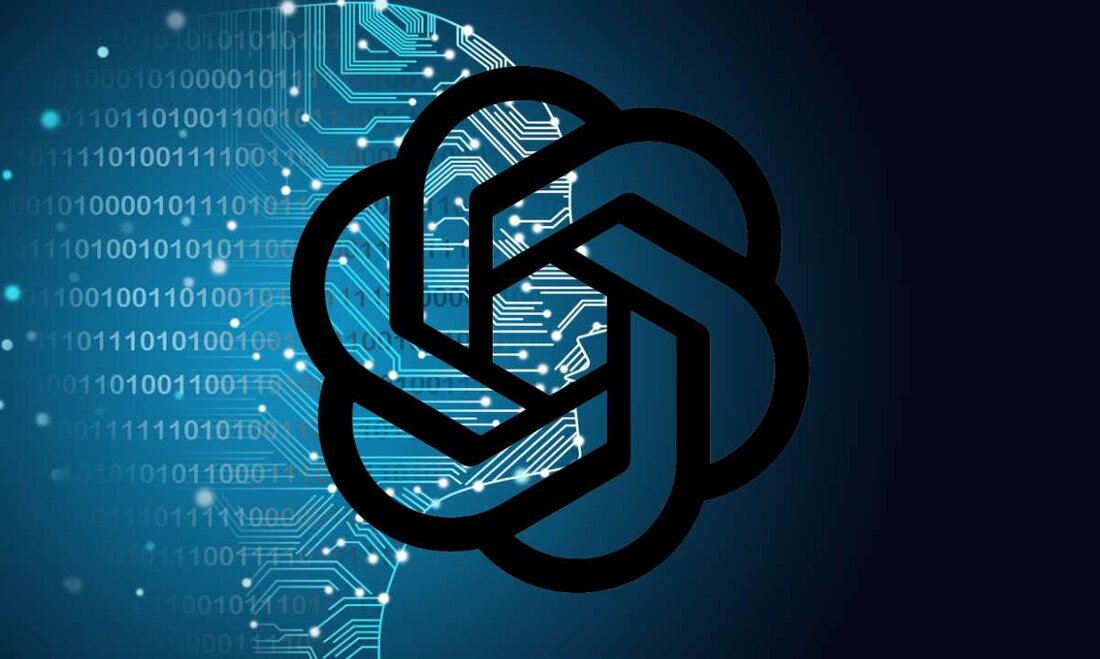What are the four most important AI protocols you should know?
What are the four most important AI protocols you should know?
artificial intelligence is enjoying growing popularity and chatt is at the top of this trend. However, there are many AI applications that go beyond language -based models and chatbots.
We have decided to ask Chatgpt himself to name the six most important AI protocols that everyone should know.
The AI came back with some known names, but it is worth noting that none of them are crypto -specific. However, they have a wide range of applications and are also often used by companies in the field of cryptocurrencies.
Nevertheless, we have a special guide to the top 5 AI coins for you.
that means that let's dive.
tensorflow: Google's deep learning framework
tensorflow is an end-to-end-open source platform for machine learning (ml).
The tool can essentially be used for:
- Prepare large data records
- Create models for machine learning (ml).
- provide ML models
- Implement MLOPS and much more.
The ecosystem of tools, libraries and resources for the development of AI applications is wide and comprehensive.
pytorch: Metas attempt at the deep learning
pytorch is another open source framework for machine learning and aims to accelerate the path from research prototyping to production use.
It was developed by Meta (formerly known as Facebook) and offers the following functions:
To provide research and production, the Torch.
pytorch is well supported on some of the most important cloud platforms, which in turn enables smooth development and simple scaling.
The transition between Eager and graph mode with Torchscript is seamless. In addition, teams with TorchServe can also accelerate the way to production
onnx: The open neural network exchange
Onnx presents an intermediate framework for machine learning. It is used to convert between different ML frameworks.
If you want to use tensorflow, for example, and want to get to the surface, Onnx offers a good broker to convert your model while actually going through the various ML frameworks.
The team worked hard to implement a number of different neuronal network functions and functions.
Keras: Google is there again
You can tell that Google drives many resources in this direction. Keras is another high-level date-learning-API developed by the technology giants.
keras is written in Python (one of the most comprehensive programming languages) and is used to make the implementation of different neural networks easy.
In addition, Keras also supports several backend calculations for neural networks. Pro Chatgpt:
It offers a user-friendly surface for creating and training deep learning models. Keras is often used in connection with tensorflow as an abstraction at the higher level.
.


Kommentare (0)